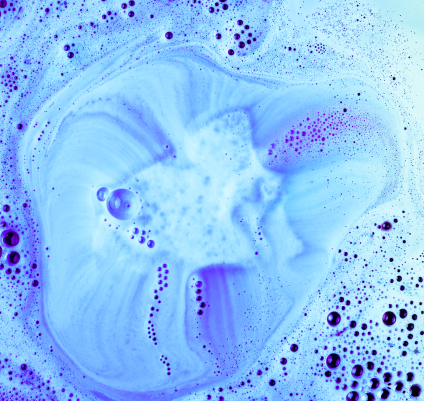Does foaming help in removing stains?

Foaming itself doesn't directly contribute to stain removal; instead, it's the result of surfactants (surface-active agents) in detergents working to break down and lift away dirt, oils, and stains. Surfactants reduce the surface tension of water, creating bubbles and foam that help distribute the detergent evenly and aid in the removal of particles from fabrics.
Here's how foaming and surfactants contribute to stain removal:
Enhanced Dispersion:
The foaming action helps to disperse the detergent evenly across the fabric. This ensures that all areas of the clothing come into contact with the cleaning agents.
Penetration into Fabric Fibers:
The bubbles and foam created by surfactants penetrate the fabric fibers, allowing the detergent to reach and break down stains that may be embedded in the material.
Suspension of Dirt and Stains:
Foam helps in suspending dirt, oils, and stains away from the fabric, preventing them from redepositing onto the clothes during the wash cycle.
Visual Indication:
Foam can provide a visual indication that the detergent is actively working. While excessive foam doesn't necessarily correlate with cleaning power, many consumers associate suds with effectiveness.
In summary, while foaming itself doesn't directly remove stains, the foaming action of detergents, driven by surfactants, aids in the even distribution and penetration of the cleaning agents into fabric fibers. It's essential to choose a detergent that suits your washing machine type and water conditions for optimal stain removal and fabric care.